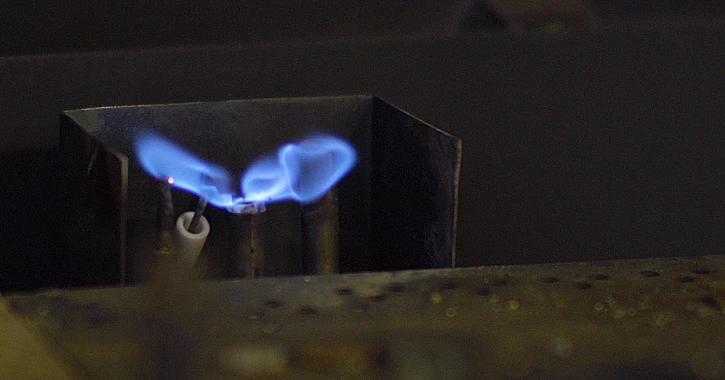
Aire Serv explains that a pilot light is a small, continuously burning flame in gas appliances, crucial for ignition and safety.
- Locate the pilot light and gas valve
- Turn the valve to "off" and wait
- Set the valve to "pilot" and ignite
- Hold the button, then release
- Turn the valve to "on"
Have you ever had an issue with a gas-powered appliance and were told to check the pilot light? Let’s take a closer look at pilot lights, why they’re important, and what to do when one goes out on your appliance.
A pilot light is a small flame that is kept lit in certain gas-fired appliances like your furnace, water heater, and gas fireplace. When you turn on your appliance, gas is released to the main burner and the pilot light ignites that gas to turn on your appliance and provide heat.
Why does my pilot light keep going out?
Every once in a while, pilot lights will go out due to things like drafts or poor ventilation, but if your pilot light goes out often, you might have a problem with the thermocouple on your appliance.
A thermocouple is a small copper rod that keeps gas from leaking into your home when the pilot light goes out. When there is no flame to heat the thermocouple, it cools down and shuts the gas valve on your appliance. A faulty thermocouple can extinguish a pilot light or keep the pilot light from igniting altogether. If you suspect there’s an issue with your thermocouple, it’s best to contact the professionals.
Can I re-light a pilot light myself?
Most pilot lights are easy to relight. Take a look at this blog for a refresher of what to do when the pilot light goes out and how to relight it.
But remember: never try to light a pilot light if you smell gas. If you suspect a gas leak, call your gas company immediately and vacate your home. No joke.
Where is the pilot light on my water heater?
Water heaters can be a little tricky when it comes to locating the pilot light. Most water heater units have an access cover that will need to be lifted to access the pilot light that’s located underneath the tank. Use a flashlight to make it easier to find. Always check your water heater’s owner’s manual before igniting the pilot light.
Do newer-model appliances have pilot lights?
Fewer and fewer appliances are being made that have old-school pilot lights. Most new appliances are equipped with electronic ignitions rather than gas-fed pilot lights.
One such advancement is the “hot surface ignition system,” which uses an electrical current and conductive metal to ignite your furnace when it’s ready to heat your home. It shuts off when the heating cycle is over, eliminating the need for a pilot light. Other newer appliances have intermittent pilot lights that do use a small flame, but unlike conventional pilot lights, they are lit by electric sparks.
Electronic ignitions are slowly but surely making conventional pilot lights obsolete. If you’re shopping for a new gas-powered appliance and want to avoid having to deal with pilot lights, research your options.
Need Assistance with Your Pilot Light?
Still having issues with your pilot light? Interested in updating your equipment? Breathe easy with professional HVAC and water heater services from your local Aire Serv. Don’t wait. Call 855.259.2280 for 24/7 emergency service or schedule an appointment online.

